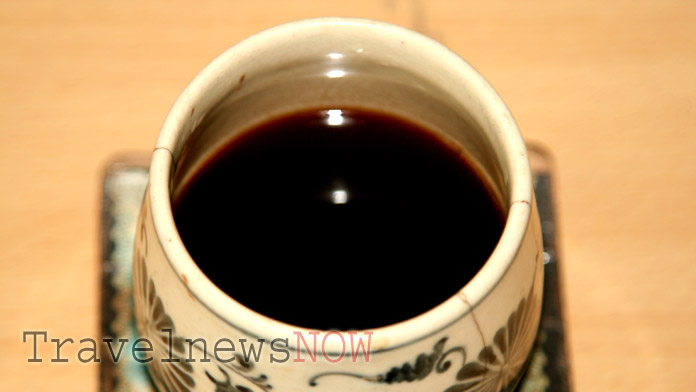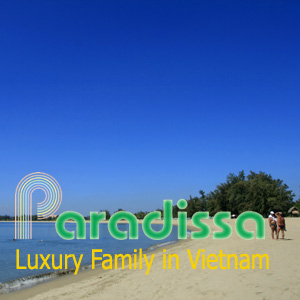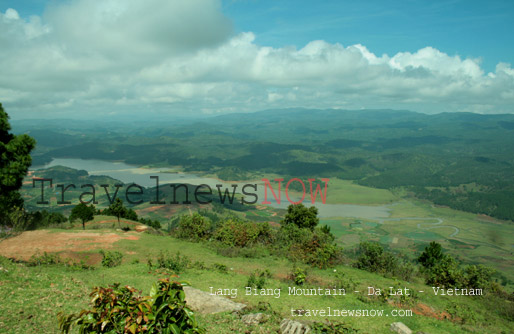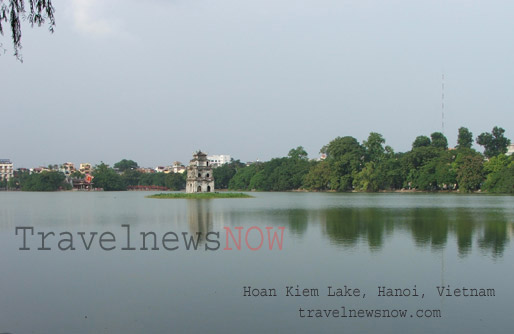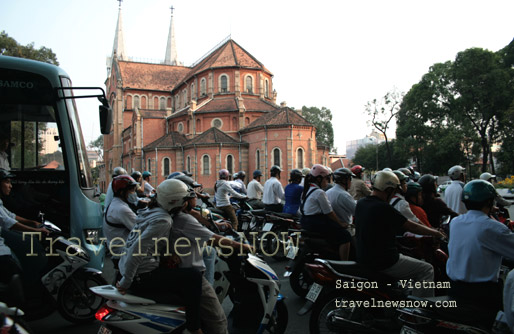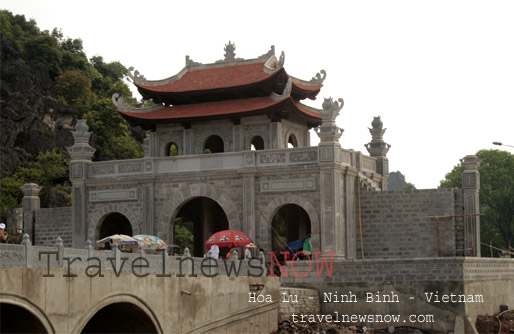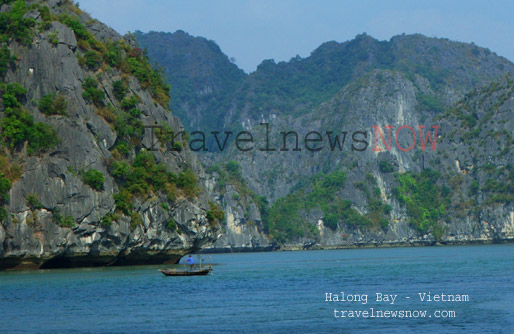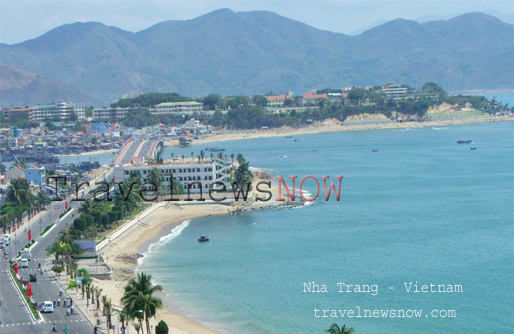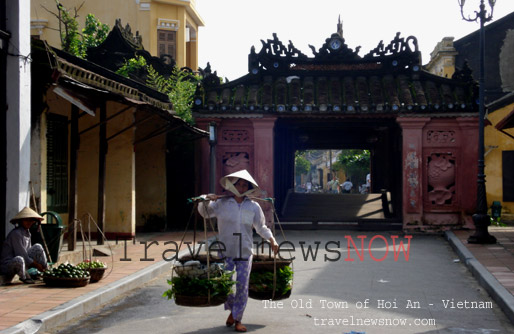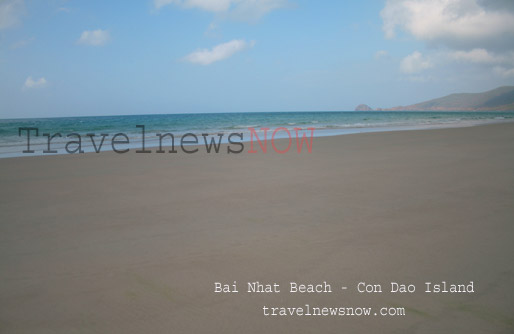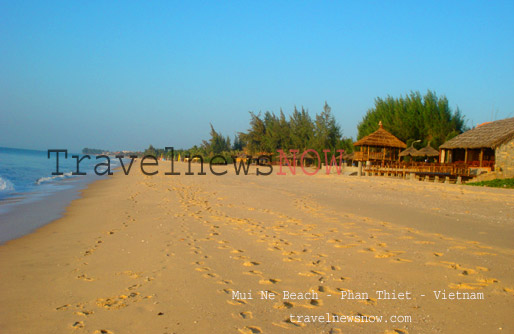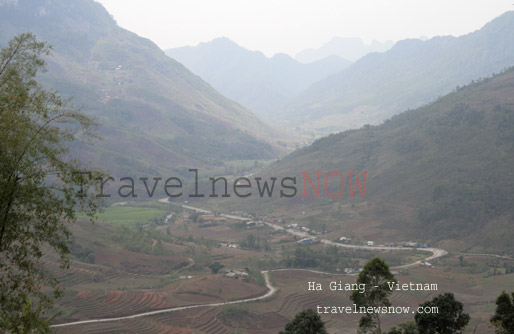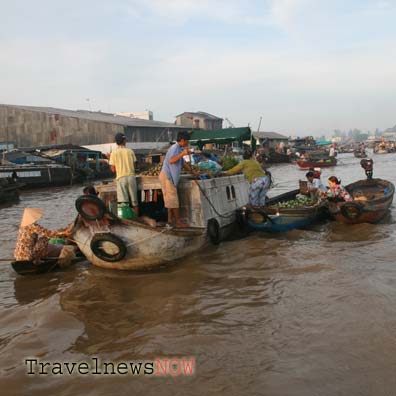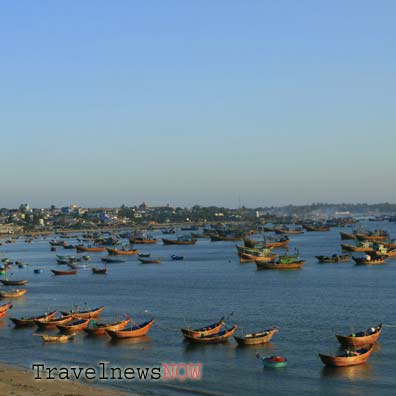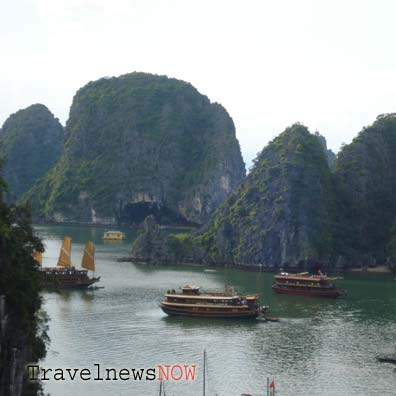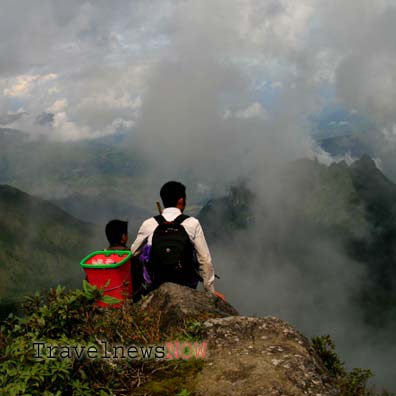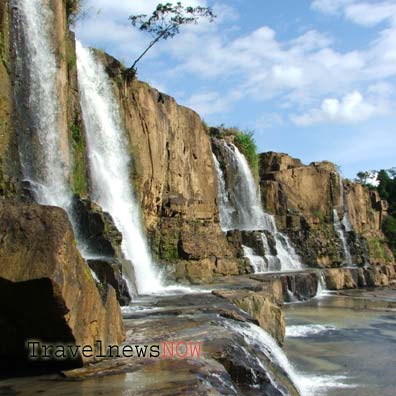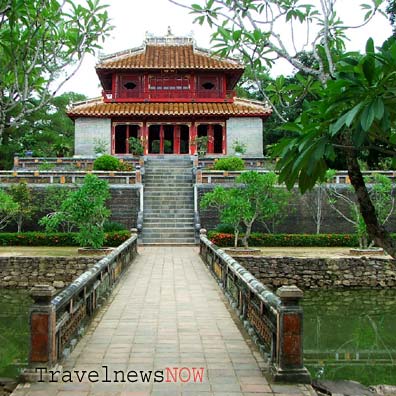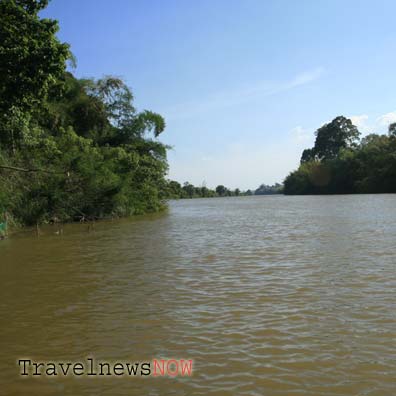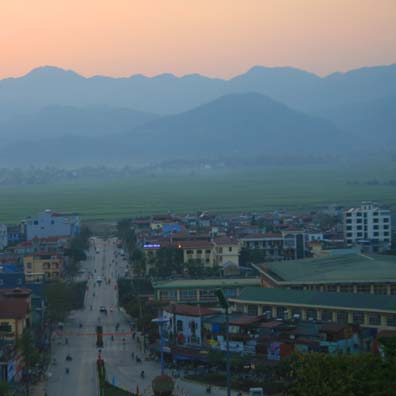Coffee is said to have been introduced into Vietnam by French missionaries in the 19th century. Since then it has been a popular drink for an increasing portion of the Vietnamese population.
During the French colonial time, coffee was grown in the Central Highlands and in Son La Province (North Vietnam). After the war most of the Vietnamese coffee was grown in the Central Highlands only and the coffee plantations at Son La were expanded in the late 1990s. Vietnam re-entered the world coffee market in 1994 with the lifting of the economic embargo and since 1999 Vietnam has been the second biggest coffee exporter in the world. Also, Vietnam is the biggest robusta coffee producer in the world.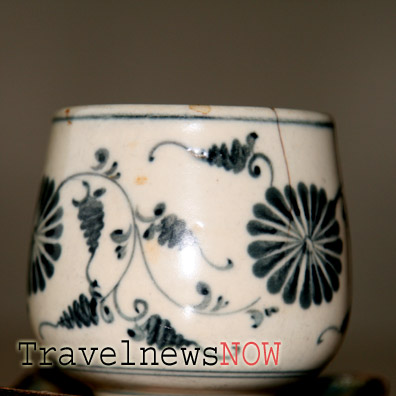
While producing that much, most of the coffee in Vietnam is robusta which has lower prices than arabica coffee. The former is easier to grow and has a strong bitter taste and less fragrance. The latter is harder to grow, produces less coffee beans, has better smell and have sour and a mild bitter taste.
Another type of coffee is that with beans collected from animal poop – weasel coffee. The animals eat coffee fruits, usually the best ones, and the beans come out while the flesh of the fruits has been digested. These beans, which have been specially fermented with natural enzymes, are believed to provide the best smell and flavors. People collect the beans and clean them. Prices for weasel coffee in Vietnam range from USD 1,000 – over 3,000 per kilogram.
In Vietnam, most people drink iced coffee with condensed milk and some drink iced black coffee. Only few drink hot coffee with milk, or black coffee. Black coffee can be with or without sugar. The reason is probably the coffee is strong and should be diluted by sugar, condensed milk and ice. Another possible reason is that Vietnam is a tropical country: the north with a cold winter, the central region has a mild winter and the south has no winter. Say, people get used to the coffee taste and don’t want to change their coffee per season and it is normal you’ll see people in Hanoi drinking iced coffee on a cold winter day trembling.
Going to a cafe in Vietnam and want coffee with milk, then you’ll get coffee with condensed milk and not fresh milk. The reason is that there was little fresh milk in Vietnam during the war and after reunification. Back then what available in the market was only condensed milk with lot of sugar.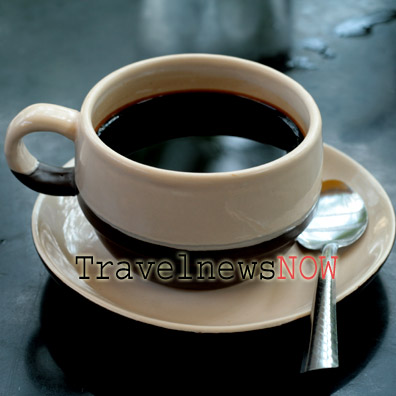
The Vietnamese brew their coffee using a drip filter sitting upon a cup. The filters can either be made of aluminum or stainless steel. The former is much better for the fine and small holes at the double bottom. The latter has a single bottom with big holes which allow the ground coffee to trickle through which lessens the enjoyment of the drinker. The big holes also make the dripping process too quick that the water hasn’t taken much from the ground coffee before dripping down the cup which makes the resulting liquid have less of coffee.
Vietnamese coffee is served in either ceramic cups or glasses. The latter is for iced coffee. The former has 2 types: cylinder-shape and cylinder shape with slightly smaller rim and bottom than the middle. Ceramic cups are great for hot coffee and the ones with smaller rim and bottom (than the middle) preserve the heat and the coffee smell better.
Other variations of Vietnamese coffee
Coffee yoghurt or yoghurt coffee: You come to a cafe in Vietnam and ask for yoghurt with little cafe then you get your yoghurt with more flavors and much better smell thanks to a hint of the added coffee. But if you ask for yoghurt with coffee then you are more likely to get a concoction of half coffee – half yoghurt. This may be a fantastic drink for the uninitiated to approach Vietnamese coffee.
Coffee with egg (cafe Trung) was started in Hanoi under French colonial time. Milk was scarce then and a cafe owner and barista in the Old Quarter in Hanoi tried to used chicken egg yolk as a replacement. Egg yolk is whipped with sugar and condensed milk into foam which shall be poured on a glass containing boiling hot coffee. The glass is then served in a bowl containing hot water. The concoction should be consumed when it is hot as the smell may not be nice when it is cold.
It should be noted that the foamy concoction made by whisking egg yolk with sugar (sometimes with condensed milk), called Kem Trung (creamy egg), was a popular and common tonic food/drink for most Vietnamese in the past. Many swallowed egg yolk straight away in the morning to make them fit. The country was very poor then and most were in serious lack of nutrition; people don’t normally do it nowadays though.

